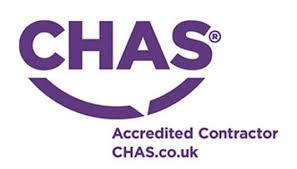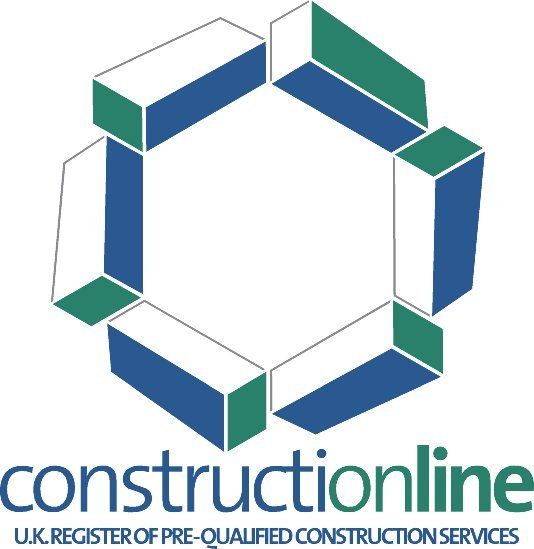Electrical Testing and Inspection
Powering Safety and Compliance for Every Space.
Ensuring Safety and Compliance Through Expert Electrical Testing and Inspection
In an era where electrical systems are the backbone of modern living and working environments, Electrical Testing and Inspection have become essential practices to ensure safety, reliability, and regulatory compliance. Whether for residential, commercial, or industrial premises, these processes help detect potential issues before they escalate into hazards or costly failures.
The Critical Role of Electrical Testing and Inspection in Ensuring Safety and Compliance
Electrical safety is not a one-time matter; it requires ongoing vigilance. Regular testing and inspection serve as preventive measures, helping identify potential hazards like faulty wiring, overloaded circuits, corroded connections, or outdated components that may pose risks to life and property.
Occupational safety standards, such as those from OSHA or local jurisdictions, mandate periodic inspections, especially for commercial and industrial facilities. These requirements are in place because electrical faults can lead to fires, electrocutions, or expensive downtime, underscoring the importance of maintaining an up-to-date electrical safety profile.
Impact of Faulty Electrical Systems
Faulty electrical systems are often responsible for fires, equipment malfunctions, and safety hazards. These issues not only threaten lives but can also cause significant financial losses for businesses and homeowners. Advanced electrical testing identifies problems before they manifest as dangerous situations, providing peace of mind and legal compliance.
By conducting routine inspections, owners can detect issues like loose connections, insulation deterioration, or incorrect circuit loading early—saving lives and reducing repair costs. Additionally, proactive testing fosters trust among stakeholders, demonstrating a commitment to safety and professionalism.
Regulatory Standards and Compliance
Electrical inspections are grounded in stringent local, national, and international standards such as the National Electrical Code (NEC), IEC standards, and local fire safety regulations. Compliance is not merely about avoiding penalties but about ensuring that electrical systems meet safety thresholds and operational reliability.
Failure to adhere to these standards can result in legal liabilities, insurance disputes, and potential shutdowns. Therefore, understanding the legal landscape and investing in qualified electrical testing is a strategic move to safeguard both people and assets.
Technologies and Methods Used in Modern Electrical Testing and Inspection
Advancements in technology have revolutionized electrical testing and inspection processes. Modern equipment offers more precise, comprehensive, and faster assessments, thereby improving safety standards and operational efficiency.
This section dives into the latest tools and methods underpinning effective electrical testing and inspection, highlighting their capabilities and benefits. We'll explore the types of tests conducted and how they enhance safety and compliance.
Diagnostic Tools and Equipment for Electrical Testing
Today’s electrical testing relies on sophisticated devices designed to capture detailed information about system health. These tools include insulation resistance testers, loop impedance testers, earth fault loop testers, thermographic cameras, and power quality analyzers.
Each instrument serves a specific purpose—insulation testers detect degradation, thermography identifies hot spots indicating overloaded circuits or loose connections, and power analyzers monitor fluctuations that could affect sensitive equipment.
Using these tools, qualified professionals can conduct non-destructive tests that provide valuable insights without disrupting operations, making testing quicker and safer.
Types of Electrical Tests Conducted
Electrical testing encompasses multiple types, each targeting different aspects of system integrity. Typical tests include:
- Visual Inspection: The first step, involving a thorough physical examination for signs of damage or wear.
- Insulation Resistance Testing: Ensures wiring insulation is intact and effective.
- Polarity and Continuity Tests: Confirm correct wiring connections and circuit continuity.
- Earth Resistance Testing: Measures ground system performance to prevent shock hazards.
- Leakage and Ground-Fault Testing: Detects unintended current paths that can cause shocks or fires.
- Thermographic Inspection: Uses infrared cameras to detect abnormal heat patterns indicative of faults.
These tests provide a comprehensive overview of the electrical system’s condition, enabling targeted repairs and maintenance.
The Data and Reporting Process
Accurate data collection is crucial for diagnosing issues and planning maintenance. Modern electrical testing software offers detailed reports, including graphs, temperature readings, and compliance checklists.
Effective reporting enhances decision-making, aids in regulatory filings, and supports warranty claims. It also fosters transparency with clients or regulatory authorities, establishing a documented history of system performance over time.
Advantages of Using Modern Technology in Testing
Using advanced tools speeds up testing processes, increases accuracy, and reduces human error. Additionally, modern testing equipment often integrates with cloud platforms, allowing remote monitoring and data sharing.
This technological integration enables predictive maintenance—spotting potential failures before they occur—and facilitates proactive management strategies, ultimately reducing downtime and operational costs.
Implementing Best Practices for Electrical Testing and Inspection in Various Settings
Effective electrical testing and inspection require adherence to industry best practices tailored to specific environments. Whether residential, commercial, or industrial, each setting presents unique challenges and safety considerations.
In this section, we discuss how to implement best practices effectively, emphasizing planning, choosing qualified professionals, and maintaining documentation. We also explore how to customize testing procedures based on the property type and usage.
Conducting Effective Inspections in Residential Properties
Homeowners and landlords must prioritize regular electrical testing to ensure safety compliance. Residential inspections often focus on identifying outdated wiring, grounding issues, overburdened circuits, or non-compliant fixtures.
While DIY checks can identify obvious problems, thorough inspections should be performed by licensed electricians who follow standards like the National Electrical Code (NEC). These professionals assess both visible wiring and concealed systems through non-invasive testing.
Regular inspections, especially before property rentals or renovations, help prevent electrical fires and improve energy efficiency.
Best Practices for Commercial and Office Buildings
Commercial properties often have complex electrical systems with multiple circuits, specialized equipment, and strict safety standards. Inspection procedures should include comprehensive system audits, power quality assessments, and arc flash evaluations.
It's essential to develop a maintenance schedule aligned with business operations, minimizing disruption while ensuring ongoing safety. Periodic testing of emergency lighting, fire alarm systems, and backup power units is critical.
Clear documentation of inspection results and maintenance activities is vital for compliance audits and insurance purposes.
Industrial Facility Testing - Challenges and Solutions
Industrial settings involve high-voltage systems, large machinery, and stringent safety regulations. Electrical testing here must meet industrial standards like IEC 61892 or NFPA codes.
Challenges include testing in hazardous environments, managing complex grounding systems, and handling heavy-duty equipment. Use of thermographic cameras and partial discharge testing helps detect early signs of insulation breakdown in high-voltage systems.
Safety protocols are more rigorous, requiring shutdown procedures, specialized PPE, and precise coordination with operational staff.
Developing a Preventative Maintenance Plan
Preemptive inspection and testing are central to an effective preventative maintenance plan. Such a plan typically involves scheduled testing, prompt repair of detected issues, and continuous monitoring.
A data-driven approach, using historical testing records and system performance data, can optimize inspection frequency and resource allocation.
Implementing an asset management system ensures all testing activities are documented, facilitating regulatory compliance and extending equipment lifespan.
Data Presentation and Analysis in Electrical Testing
Presentation of collected data is vital in understanding the condition of electrical systems. Clear, organized data supports effective decision-making, especially when it includes comparative analysis over time or across different systems.
This section discusses how to synthesise test results, interpret data patterns, and utilise summary tables to facilitate understanding for both technical and non-technical stakeholders.
Visual Data Representation Techniques
Graphical representations such as charts, heat maps, and thermographic images help visualize electrical anomalies. Using a combination of visual techniques allows for rapid identification of issues like overheating or unusual voltage fluctuations.
Digital dashboards that consolidate data enable real-time monitoring, supporting proactive maintenance strategies. These tools improve communication among technical teams and facilitate quick decision-making.
Using Data to Inform Maintenance and Upgrades
Analyzing trends over multiple tests can reveal patterns such as gradual insulation degradation or increasing resistance levels. Predictive analytics enable organizations to schedule maintenance proactively, reducing unplanned outages.
Sharing summarized data with stakeholders or regulatory agencies enhances transparency and accountability. Additionally, integrating testing data into asset management systems facilitates lifecycle planning and budget forecasting.
FAQ - Common Questions About Electrical Testing and Inspection
Why is electrical testing necessary for existing systems?
Regular electrical testing helps identify hidden faults, prevent hazards, and ensure ongoing compliance with safety standards. Over time, wear and environmental factors can deteriorate wiring and components, increasing risks if not regularly monitored.
How often should electrical inspections be conducted?
The frequency varies depending on the property type and usage. Residential residences should undergo inspections every 5 years, while commercial and industrial facilities might require annual or bi-annual assessments, especially if modifications or upgrades have occurred.
Can electrical testing improve energy efficiency?
Yes, by identifying inefficiencies such as overloaded circuits or faulty components, electrical testing can lead to optimizations that reduce energy consumption and costs. Upgrading outdated wiring and devices can further enhance overall system performance.
What qualifications should an electrician possess for testing and inspection?
Qualified electrical testers hold relevant licenses and certifications, such as NICET, EIT, or state-specific licenses. Experience with the latest diagnostic tools and adherence to safety standards are critical for reliable inspection work.
What are the common signs indicating the need for electrical inspection?
Signs include frequent circuit breaker trips, flickering lights, burning smells, warm outlets, or visible damage like frayed wires. If these issues are observed, immediate professional testing is recommended.
Conclusion
Electrical Testing and Inspection are foundational to maintaining safe, reliable, and compliant electrical systems. Incorporating modern diagnostic tools and adhering to best practices across different property types ensures early detection of faults and prolongs equipment lifespan. With data-driven approaches, organizations can plan preventive maintenance, minimize downtime, and stay aligned with regulatory standards. Ultimately, systematic electrical testing not only safeguards lives and property but also underpins sustainable and efficient energy management.











